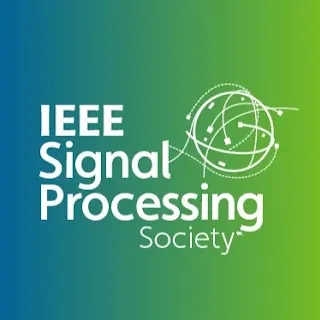Improved Integral Transform Method Based on Gaussian Kernel for Image Reconstruction
Tomography has been widely used in many fields. The theoretical basis of tomography is the Radon transform, which is the line integral along a radial line oriented at a specific angle. In practice, the detector that collects the projection has a certain width, which does not coincide with the line integral. Therefore, the resolution of the reconstructed image will be reduced. In order to overcome the effect of the detector width on the reconstruction quality, some reconstruction methods have taken the influence of the detector width into account and have achieved high reconstruction quality, such as the distance-driven model (DDM) and the area integral model (AIM).
